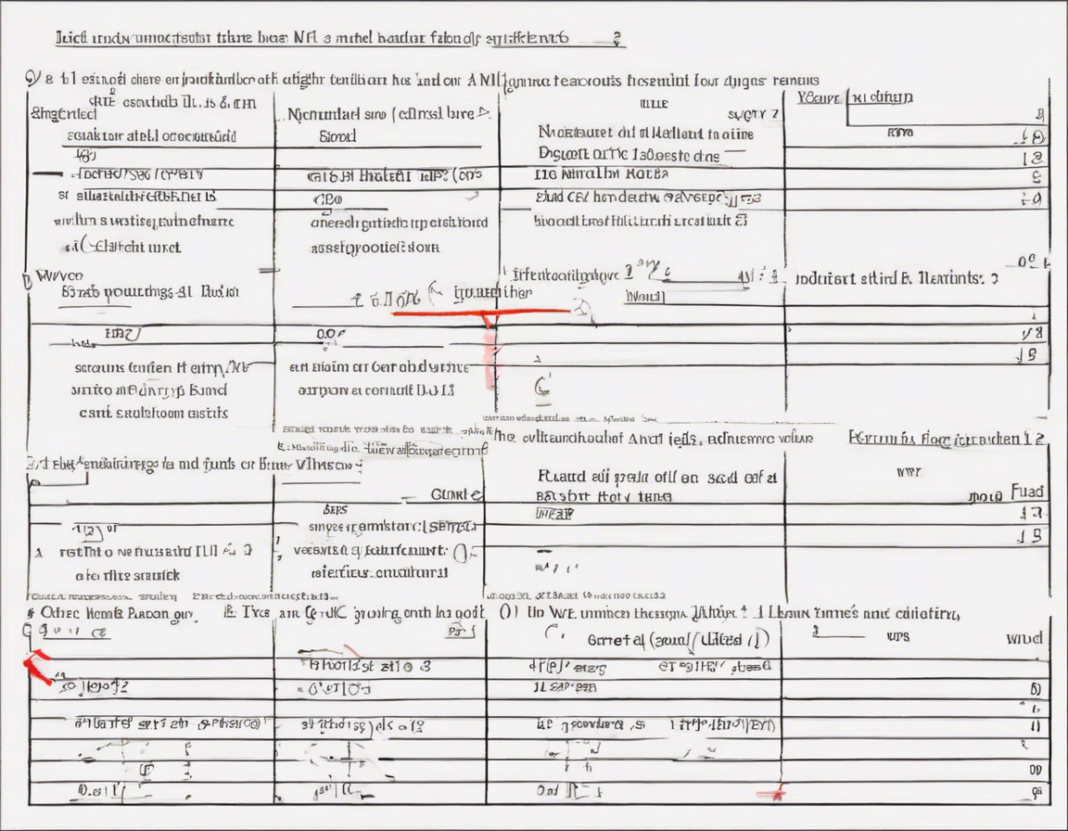Today, we delve into the complex and intriguing world of Motion in a Straight Line, a fundamental concept in physics. Let’s explore the Class 11 NCERT Solutions for Motion in a Straight Line, a topic that forms the basis of understanding more advanced concepts in physics.
Introduction to Motion in a Straight Line
Motion in a Straight Line is a fundamental concept in physics that deals with the movement of objects along a straight path. It is characterized by parameters such as displacement, velocity, acceleration, and time. Understanding these parameters is crucial to analyzing and predicting the motion of objects in a straight line.
Understanding Displacement
Displacement refers to the change in the position of an object concerning a reference point. It is a vector quantity that has both magnitude and direction. The displacement of an object can be calculated using the formula:
[ \text{Displacement} = \text{Final position} – \text{Initial position} ]
Exploring Velocity
Velocity is a vector quantity that describes the rate of change of an object’s position with respect to time. It is calculated as the derivative of displacement with respect to time. The average velocity of an object can be calculated as:
[ \text{Average velocity} = \frac{\text{Total displacement}}{\text{Total time taken}} ]
Analyzing Acceleration
Acceleration is the rate of change of velocity with respect to time. It can be uniform or non-uniform, depending on whether the object’s speed changes at a constant rate or not. Acceleration is calculated using the formula:
[ \text{Acceleration} = \frac{\text{Change in velocity}}{\text{Time taken}} ]
Equations of Motion
The equations of motion are a set of equations that relate displacement, initial velocity, final velocity, acceleration, and time. These equations are crucial for solving problems related to motion in a straight line. The three equations of motion are:
1. ( v = u + at )
2. ( s = ut + \frac{1}{2}at^2 )
3. ( v^2 = u^2 + 2as )
Solving Problems Using NCERT Solutions
NCERT solutions provide a step-by-step guide to solving problems related to motion in a straight line. These solutions help students understand the concepts effectively and improve their problem-solving skills. By practicing NCERT solutions, students can gain confidence in tackling complex problems and excel in their studies.
Frequently Asked Questions (FAQs) on Motion in a Straight Line
- What is the difference between distance and displacement?
-
Answer: Distance is the total path covered by an object, while displacement is the change in position of the object from its initial to final position.
-
How can we determine the direction of motion from a velocity-time graph?
-
Answer: The direction of motion can be determined by the slope of the velocity-time graph. A positive slope indicates motion in the positive direction, and a negative slope indicates motion in the negative direction.
-
What does a horizontal line on a distance-time graph represent?
-
Answer: A horizontal line on a distance-time graph represents that the object is at rest or moving at a constant speed.
-
Is it possible for an object to have a non-zero velocity but zero acceleration?
-
Answer: Yes, it is possible. When an object moves at a constant speed, its velocity is non-zero, but its acceleration is zero as there is no change in velocity.
-
How do we calculate the average speed of an object in motion?
- Answer: The average speed of an object is calculated as the ratio of total distance traveled to the total time taken.
In conclusion, understanding the concepts of motion in a straight line is crucial for building a strong foundation in physics. By mastering the principles of displacement, velocity, acceleration, and the equations of motion, students can solve complex problems and excel in their academic pursuits. The Class 11 NCERT Solutions for Motion in a Straight Line serve as a valuable resource for enhancing students’ understanding and skills in this area of physics.

